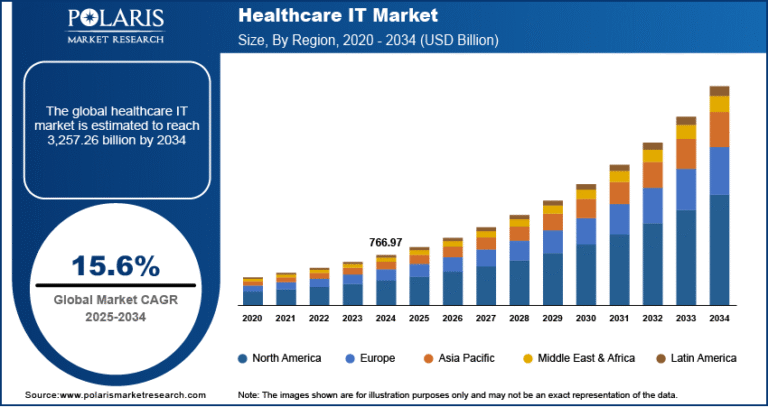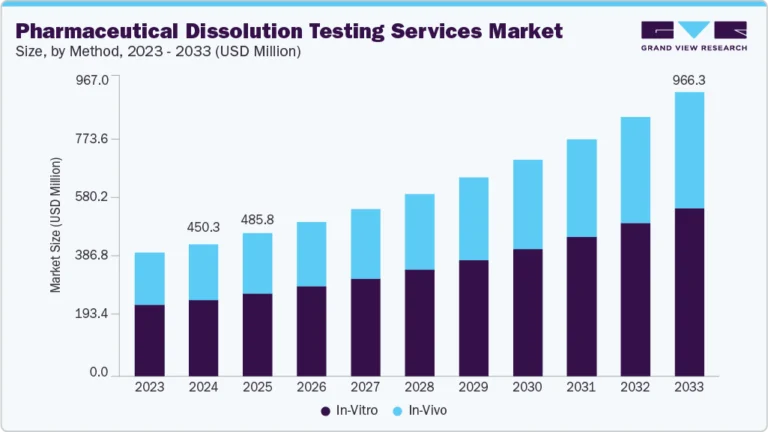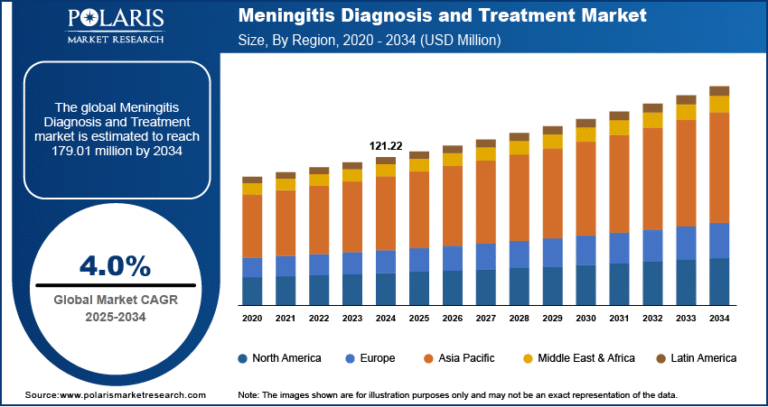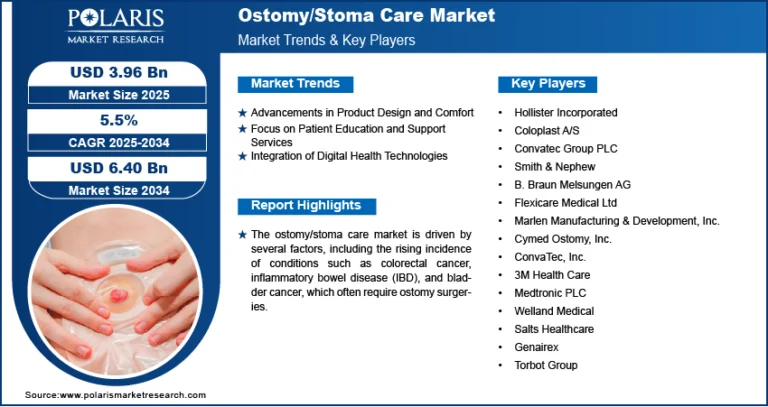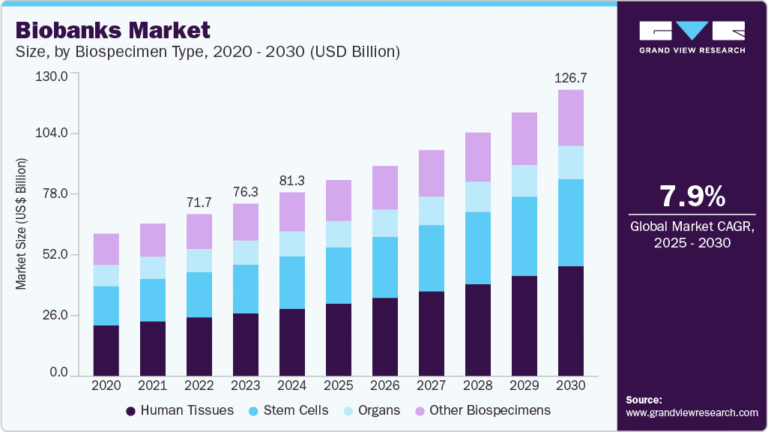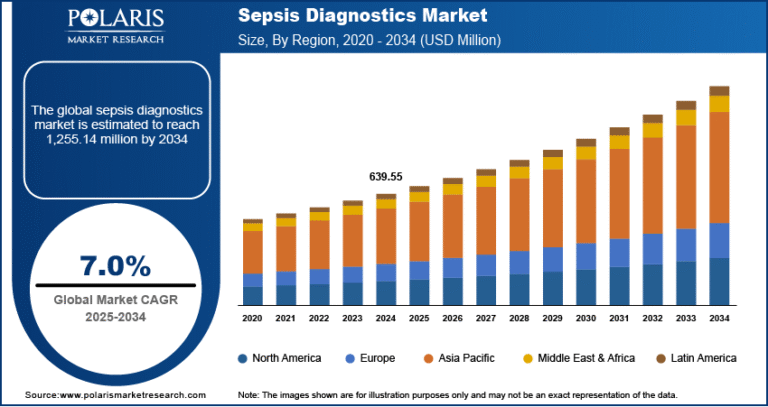Atopic Dermatitis Market forecasted to grow to USD 22.37 billion by 2034, at a CAGR of 8.5%.
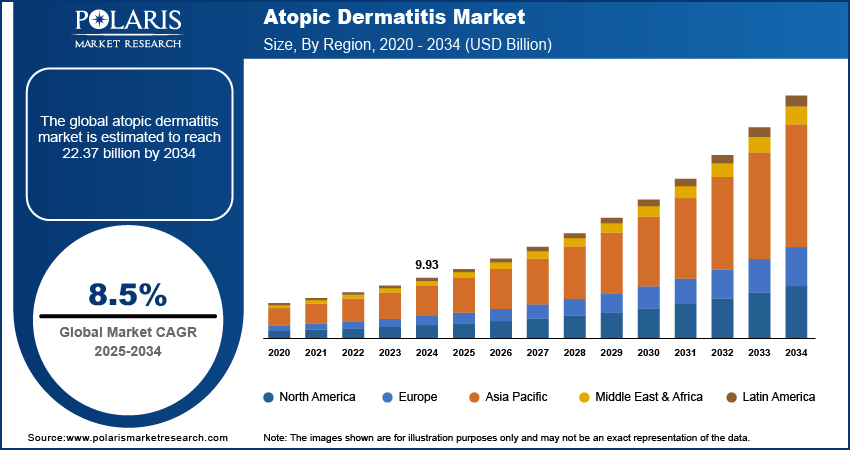
The atopic dermatitis market was valued at USD 9.93 billion in 2024 and is expected to grow from USD 10.75 billion in 2025 to USD 22.37 billion by 2034, registering a compound annual growth rate (CAGR) of 8.5% over the forecast period from 2025 to 2034. The growth of the atopic dermatitis market is fueled by the rising prevalence of the condition, greater awareness among patients and healthcare providers, and the development of advanced treatment options such as biologics and JAK inhibitors.
Trends & Insights:
- Rising Prevalence of Chronic Skin Conditions: The increasing global incidence of atopic dermatitis, especially among children and young adults, is driving demand for effective treatment solutions.
- Advancements in Biologic Therapies: The development of targeted biologics and immunomodulators is transforming the treatment landscape, offering improved outcomes for patients with moderate to severe atopic dermatitis.
- Growing Awareness & Diagnosis Rates: Enhanced awareness campaigns, improved diagnostic tools, and early intervention initiatives are contributing to better disease identification and treatment uptake.
- Expanding Product Pipeline: Pharmaceutical companies are actively investing in R&D, leading to a robust pipeline of novel topical and systemic therapies, including JAK inhibitors and monoclonal antibodies.
Market Size & Forecast
- Market Size Value in 2025: USD 10.75 billion
- Revenue Forecast by 2034: USD 22.37 billion
- CAGR (2025–2034): 8.5%
𝐆𝐞𝐭 𝐄𝐱𝐜𝐥𝐮𝐬𝐢𝐯𝐞 𝐒𝐚𝐦𝐩𝐥𝐞 𝐏𝐚𝐠𝐞𝐬 𝐨𝐟 𝐓𝐡𝐢𝐬 𝐑𝐞𝐩𝐨𝐫𝐭:
Market Overview
The atopic dermatitis market is undergoing significant evolution, shaped by the increasing burden of the disease and growing patient demand for more effective, long-term treatment options. Traditionally managed with emollients and corticosteroids, the market is witnessing a shift toward advanced biologics and small molecule drugs that target underlying inflammatory pathways. These innovations are helping address unmet needs, especially in severe cases.
Furthermore, the expansion of teledermatology and digital health tools is improving patient access to dermatological care and facilitating continuous disease monitoring. Coupled with supportive reimbursement frameworks and regulatory approvals, these advancements are contributing to sustained market growth and a more patient-centric approach to managing atopic dermatitis.

